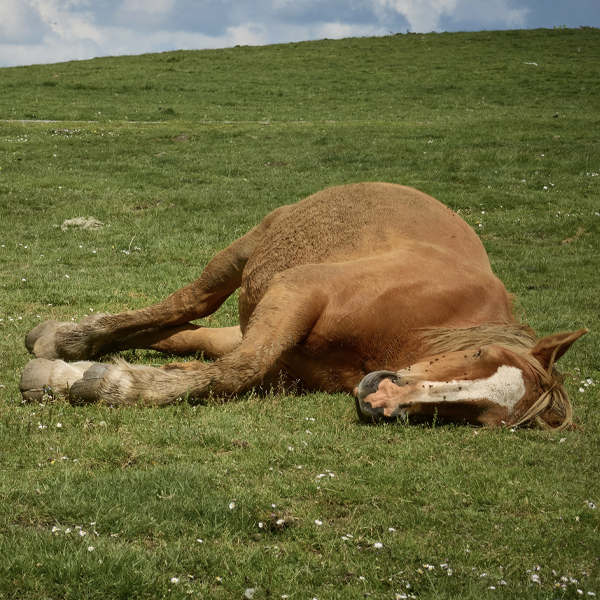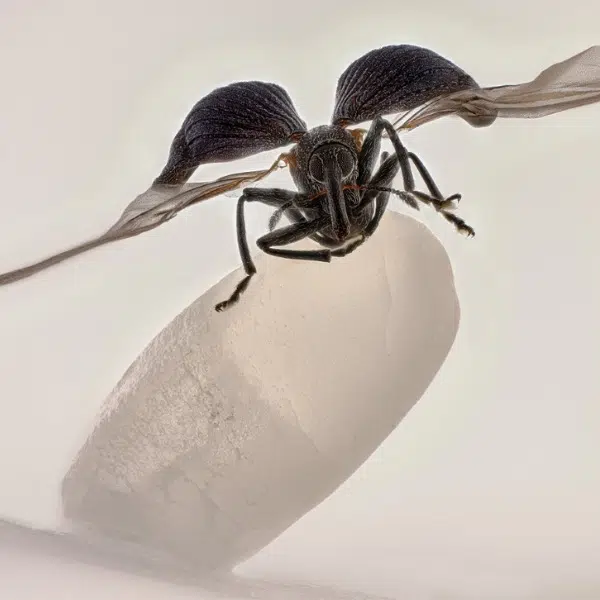
Photo: PANTHERMEDIASELLER/Depositphotos
Laughing rats and dogs may seem more like something out of a Disney animated film than of real life, but they do exist. While neither species laughs like a human giggles, each has their own joyful noise. A recent UCLA study published in Bioacoustics discovered that 65 animal species have their own form of “laughter.” Among the species who make such playful vocalizations are seals, dogs, rats, and mongooses. These noises may offer clues about the evolutionary purpose of our own human laughter.
Rather than examining each species anew, the UCLA study drew upon the results of many other experiments already conducted on a variety of animal species. UCLA anthropology graduate student Sasha Winkler and UCLA professor of communication Greg Bryant combed each study for evidence of vocal play signals. These sounds are thought to indicate non-aggression during play. They vary in pitch, length, and volume by species. Some—like the laughs of chimpanzees—are familiar to the human ear. Others—such as those of rats—cannot be detected without scientific technology.
Scientists have long posited that human laughter has an important social function. Winkler noted in a statement, “When we laugh, we are often providing information to others that we are having fun and also inviting others to join…Some scholars have suggested that this kind of vocal behavior is shared across many animals who play, and as such, laughter is our human version of an evolutionarily old vocal play signal.” While primates are evolutionarily closely connected to humans, some laughing species such as cows, foxes, mongooses, and parakeets are “separated from humans by tens of millions of years,” Bryant notes. This poses new and interesting evolutionary questions for researchers.
One of the first animal laughs to be discovered was the ultrasonic squeak of the rat. Scientists at Humboldt University of Berlin investigated the science of touch by tickling rats while recording their vocalizations. The team discovered that the rats appeared to love the tickling of their backs. When the researchers stopped the touch, the rats would look expectantly for more and even chase the retreating hand. Their squeaks reached 50 kHz, the pitch of a happy rat receiving food or socializing with its fellows. The pleasure of the touch also lit up the sensory cortex of their tiny brains, further establishing the rats were in fact “laughing” from the tickling. Now, it seems such joy is widespread in the animal kingdom. Further research will perhaps discover even more laughing species.
A UCLA study finds 65 species of animals laugh while they play, although the vocalizations sound quite different than a human giggle.

Photo: DAMEDEESO/Depositphotos
These laughing animal species include cows, seals, dogs, mongooses, and—most famously—rats.
h/t: [Open Culture]
Related Articles:
Red Fox Repeatedly Visits Banjo Player for a Free Concert
Stunning Footage Captures Rare Sighting of a Psychedelic Jellyfish in the Pacific Ocean
Photographer Captures the Perfect Moment When a Bunch of Snow Falls on a Tiger’s Head






















































































